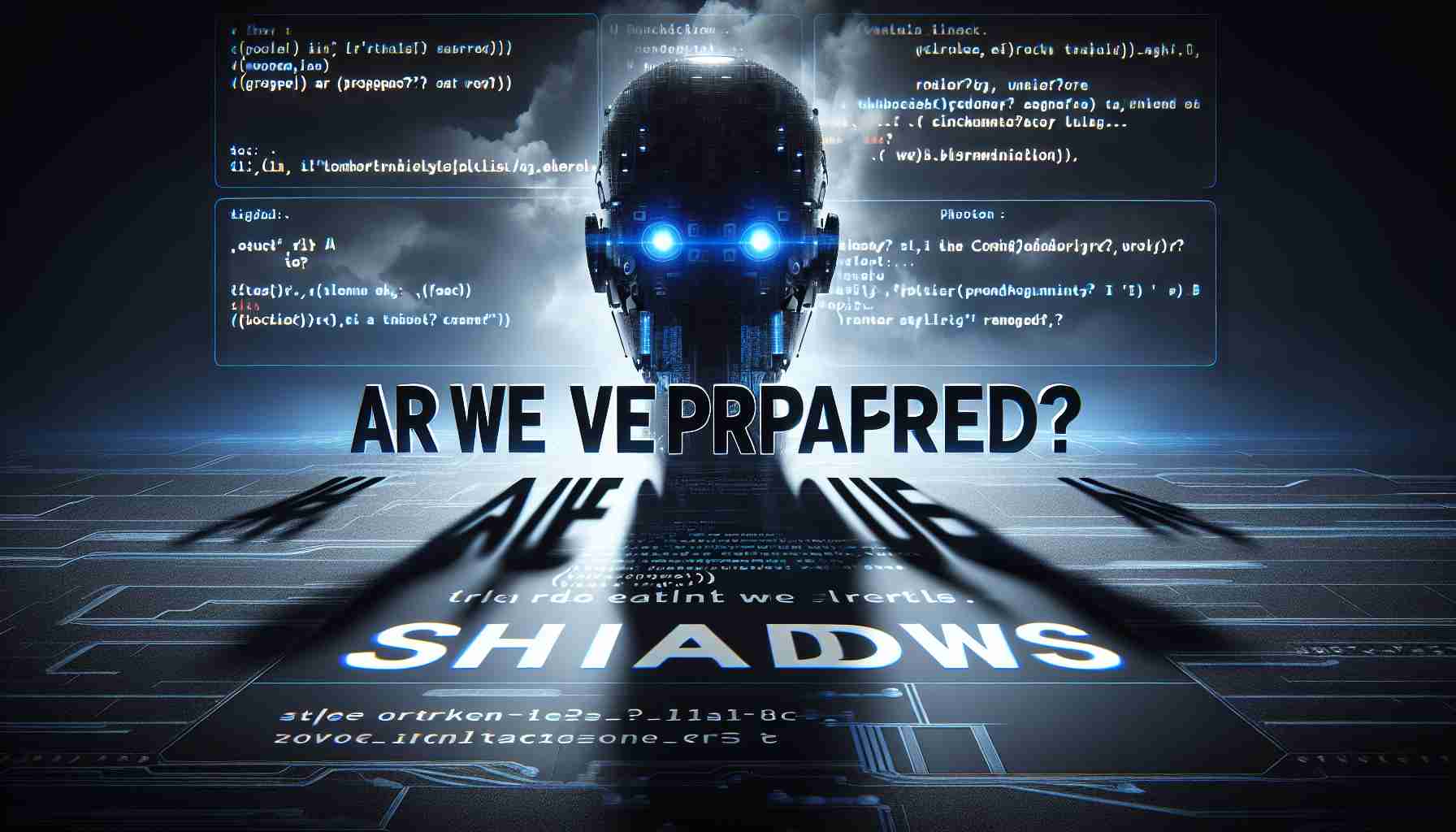The Department of Homeland Security (DHS) is under scrutiny as the Government Accountability Office (GAO) raises alarms about inadequate risk assessments regarding artificial intelligence. The GAO emphasizes the urgent need for DHS to enhance its guidance for sector risk management agencies (SMRAs).
In a recently released report, the GAO pointed out critical gaps in the current methodologies used by SMRAs, which are responsible for safeguarding vital infrastructure such as healthcare, emergency services, and information technology. The watchdog’s evaluation focused on six essential activities linked to AI risk assessments, including assessment methodologies, identified AI applications, potential risks, and risk mitigation strategies.
While the majority of agencies have acknowledged various AI use cases, they have fallen short in comprehensively evaluating the associated risks. Remarkably, of the seventeen assessments reviewed, none measured the significance of potential harm alongside the likelihood of an occurrence. Although strategies to mitigate risks were proposed, there was a notable disconnect between these strategies and the actual risks identified.
In response to the findings, DHS has agreed with the GAO’s suggestions for immediate action to rectify these shortcomings. It aims to swiftly update its policies to better identify and assess AI-related risks. With the increasing integration of AI in critical sectors, ensuring robust protective measures is more crucial than ever.
AI Risk Assessments: How DHS Plans to Fortify National Security
Introduction
The increasing reliance on artificial intelligence (AI) across various sectors has caught the attention of the Department of Homeland Security (DHS) and the Government Accountability Office (GAO). Recent reports highlight significant gaps in risk assessments for AI technologies, particularly concerning their implications for national security and essential services.
Key Findings from the GAO Report
The GAO’s evaluation focused on crucial elements of AI risk management, specifically examining six core activities:
1. Assessment Methodologies: The current techniques used to assess AI risks are insufficient and lack comprehensive frameworks.
2. Identified AI Applications: Agencies have identified multiple AI applications but have not thoroughly analyzed the potential risks each may pose.
3. Potential Risks: There has been a lack of focus on both the likelihood of risks occurring and the severity of their potential consequences.
4. Risk Mitigation Strategies: Proposed strategies to mitigate risks often do not align with the actual risks identified.
Remarkably, none of the seventeen assessments reviewed measured the significance of potential harm alongside the likelihood of occurrence, indicating a critical shortfall in comprehensive evaluations.
Immediate Actions by DHS
In light of the GAO’s findings, DHS has pledged to take immediate action to enhance its approach to AI risk assessments. The department recognizes the importance of updating its current policies, which are pivotal for identifying and managing AI-related risks effectively.
Innovations in Risk Assessment
To improve AI risk management, DHS is looking at several innovative strategies, such as:
– Developing a Robust Framework: Creating standardized methodologies that outline clear protocols for risk assessment.
– Integrating AI-Specific Risk Criteria: Tailoring risk criteria specifically for AI applications across sectors.
– Regular Training and Capacity Building: Providing ongoing education for analysts and decision-makers on the evolving landscape of AI risks.
Pros and Cons of Current DHS Risk Assessment Strategies
Pros:
– DHS is taking accountability by agreeing with GAO’s recommendations.
– Potential for more secure national infrastructure with better risk management.
Cons:
– Current methodologies are outdated, leading to potential vulnerabilities.
– The gap in assessing the severity of risks could result in inadequate protective measures.
Trends and Insights
As AI continues to permeate critical services such as healthcare and emergency response, the importance of reliable risk assessment cannot be overstated. Emerging trends indicate a shift towards more proactive measures and multidisciplinary approaches to risk management that involve collaboration between technology developers and regulatory agencies.
Limitations and Challenges
DHS faces several challenges in implementing effective risk assessments, including:
– Resource Constraints: Adequate funding and staffing are necessary to carry out comprehensive assessments.
– Dynamic Technology Landscape: The rapid evolution of AI technologies complicates consistent risk evaluation.
Pricing and Market Analysis
The budget implications for enhancing risk assessment methodologies within DHS remain uncertain. However, investing in robust risk management systems could ultimately lead to significant savings by preventing potential AI-related incidents that may disrupt essential services.
Conclusion
The GAO’s report serves as a wake-up call for the DHS and other sector risk management agencies. As AI technologies become integral to national security and critical infrastructure, enhancing risk assessments will be essential for minimizing vulnerabilities and ensuring the safety of the public.
For more insights into AI and its implications in various sectors, visit DHS.
